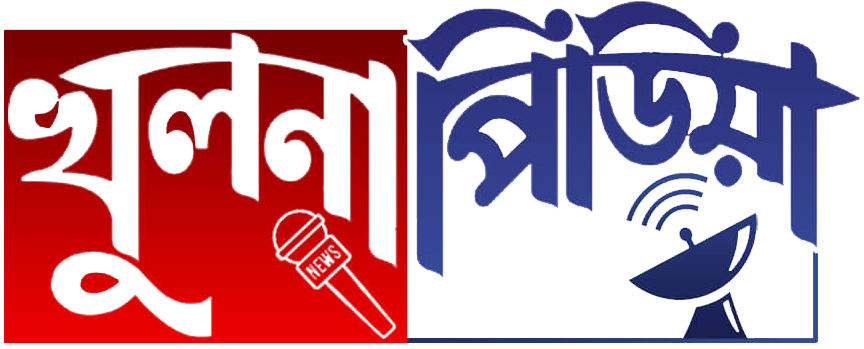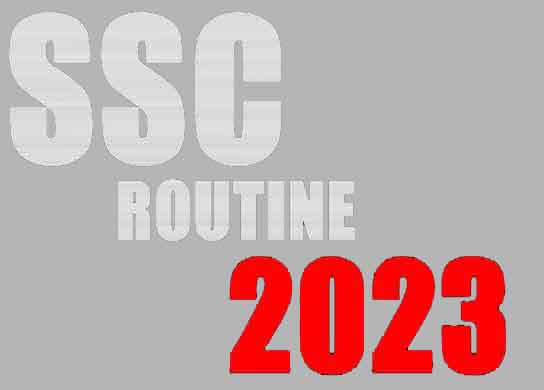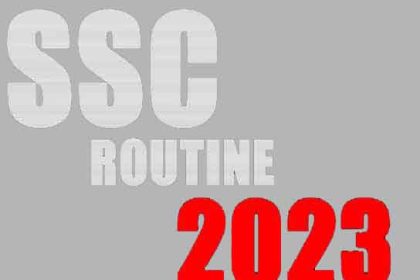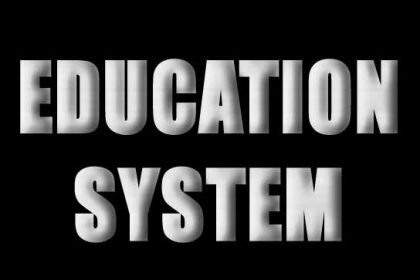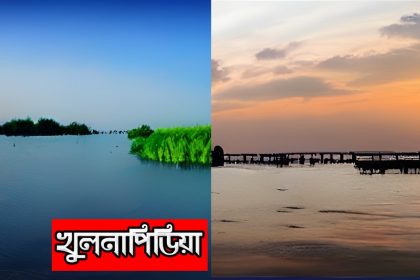ChatGpt কি? ChatGpt কি কাজ করে? what is chatGpt? what dose chatGpt do?
ChatGPT হল একটি চ্যাটবট এবং ভার্চুয়াল সহকারী যা OpenAI দ্বারা 2022 সালের…
সনাতন ধর্মের অর্থ কি এবং কোথা থেকে এর উৎপত্তি ?What is Sanatana Dharma and where does it originate from?
সনাতন ধর্মের অর্থ এবং উৎপত্তি: প্রাচীন কালে ভারতে সিন্দু নামে একটি নদী…
Just release ssc 2023 routine all boards
If you are a student who is going to appear for the…
The Education System in Bangladesh | Challenges and Opportunities
Introduction Bangladesh is a country with a population of over 160 million…
Padma – পদ্মা কবিতা
অলকাষষ্ঠ বর্ষ পূজা সংখ্যা - ১৩৫০ বাং (১৯৪৩ইং) হরপ্রসাদ মিত্র এখানে শরৎ-রৌদ্রে…
